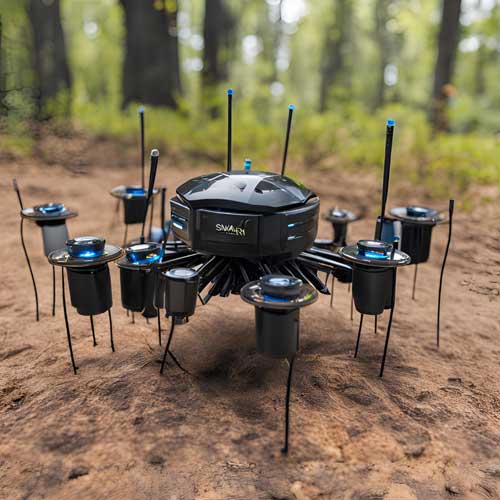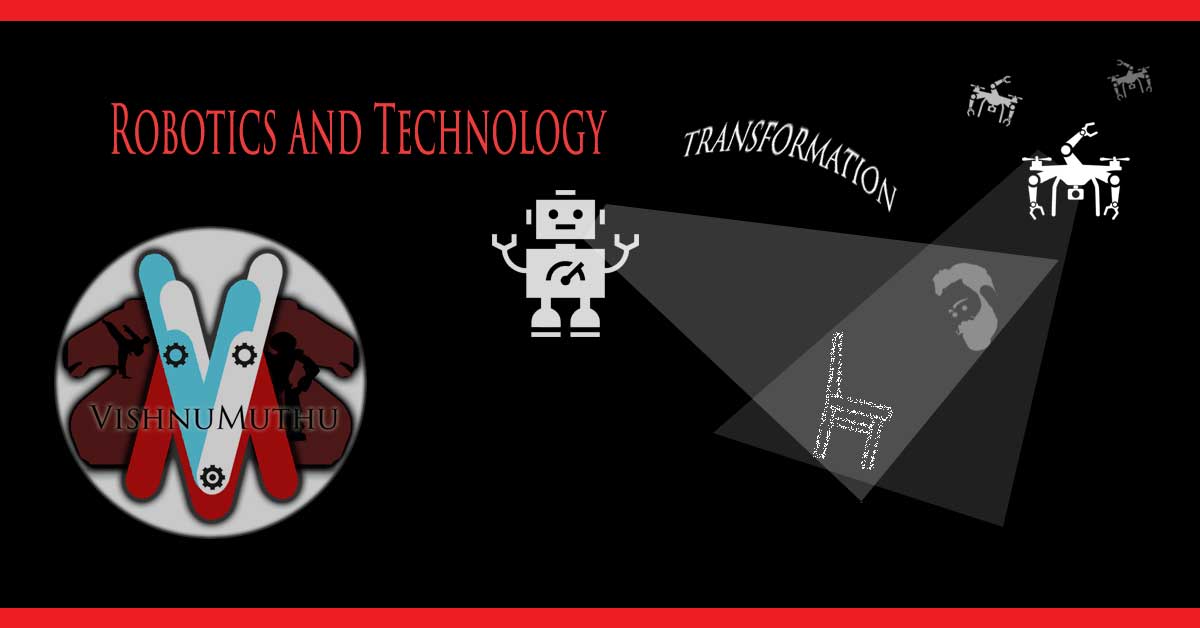Sensory organ for Intelligent Robot system
Sensors are crucial components in robotics, providing the information necessary for robots to perceive, interact with, and understand their environment. They serve as the eyes and ears of robots, enabling them to make informed decisions and perform tasks autonomously or with minimal human intervention.
Importance of Sensors in Robotics
Sensors are vital for robotic systems to gather data from their surroundings, interpret that data, and respond appropriately. They allow robots to:
Navigate: Move through environments while avoiding obstacles and recognizing paths.
Interact: Manipulate objects and interact with humans or other robots.
Perceive: Understand and interpret environmental conditions and changes.
Control: Make adjustments and corrections to achieve desired outcomes.
Types of Robot Sensors
–> Cameras
Cameras are widely used in robotics for visual perception, providing detailed images or video of the environment.
Types of Cameras
RGB Cameras: Capture color images similar to those seen by the human eye. Used for tasks like object recognition and scene analysis.
Stereo Cameras: Consist of two or more lenses to capture images from slightly different angles, allowing robots to perceive depth and create 3D maps of their surroundings.
Infrared Cameras: Detect infrared radiation, enabling robots to see in low-light or dark conditions. Commonly used in security and night-vision applications.
Time-of-Flight (ToF) Cameras: Measure the time it takes for light to travel to an object and back, providing accurate depth information for 3D mapping.
Applications
Object Recognition: Identifying and classifying objects in the environment for tasks such as sorting, picking, and inventory management.
Navigation and Mapping: Creating maps and navigating through environments using visual cues and landmarks.
Human-Robot Interaction: Enabling robots to recognize and respond to human gestures and expressions.
–> Proximity Sensors
Proximity sensors detect the presence or absence of objects within a certain range without physical contact.
Types of Proximity Sensors
Ultrasonic Sensors: Emit sound waves and measure the time it takes for the echo to return, determining the distance to nearby objects. Widely used in obstacle detection and avoidance.
Infrared (IR) Sensors: Emit infrared light and measure the reflection from nearby objects. Used for short-range detection and obstacle avoidance.
Capacitive Sensors: Detect changes in capacitance caused by the presence of an object, suitable for detecting non-metallic objects.
Inductive Sensors: Use electromagnetic fields to detect metallic objects, commonly used in industrial automation.
Applications
Obstacle Avoidance: Preventing collisions by detecting and navigating around obstacles.
Positioning and Alignment: Ensuring correct placement of objects in assembly lines and manufacturing processes.
Safety Systems: Triggering safety mechanisms when humans or objects enter restricted areas.
–> Lidar Sensors
Lidar (Light Detection and Ranging) sensors use laser beams to measure distances to objects, creating detailed 3D maps of the environment.
Applications
Autonomous Vehicles: Providing high-resolution 3D mapping and obstacle detection for navigation and safety.
Robotics Mapping and Localization: Enabling robots to create accurate maps and determine their position within an environment.
Surveying and Inspection: Capturing detailed spatial data for construction, mining, and infrastructure inspection.
–> Force and Torque Sensors
Force and torque sensors measure the force and torque applied to a robot’s joints or end effectors, providing feedback for precise control.
Applications
Robotic Manipulation: Ensuring accurate and gentle handling of objects, crucial in tasks like assembly and packaging.
Human-Robot Collaboration: Allowing robots to adjust their actions based on the force exerted by humans, enhancing safety and cooperation.
Tactile Sensing: Enabling robots to “feel” objects and surfaces, improving their ability to interact with delicate or irregular items.

–> Inertial Measurement Units (IMUs)
IMUs combine accelerometers, gyroscopes, and sometimes magnetometers to provide information about a robot’s orientation, acceleration, and angular velocity.
Applications
Stabilization and Control: Maintaining balance and stability in mobile robots and drones.
Navigation: Assisting with dead-reckoning and path planning in environments with limited GPS availability.
Motion Tracking: Capturing and analyzing the movement of robots and their components.
–> Environmental Sensors
Environmental sensors detect various environmental conditions, such as temperature, humidity, pressure, and gas concentrations.
Applications
Weather Monitoring: Collecting data for weather forecasting and environmental research.
Industrial Safety: Detecting hazardous gases and conditions in factories and workplaces.
Agriculture: Monitoring soil moisture, temperature, and other factors for precision farming.
Integration of Sensors in Robotics
The integration of multiple sensors is crucial for creating robust and capable robotic systems. Sensor fusion involves combining data from different sensors to provide a more comprehensive understanding of the environment, enhancing decision-making and performance.
Challenges in Sensor Integration
Data Processing: Managing and interpreting large volumes of data from multiple sensors in real-time.
Calibration and Alignment: Ensuring sensors are correctly calibrated and aligned to provide accurate data.
Environmental Variability: Adapting to changes in lighting, temperature, and other factors that may affect sensor performance.
Future Trends
Advancements in Sensor Technology: Development of smaller, more efficient, and higher-resolution sensors to enhance robotic capabilities.
Improved Sensor Fusion Techniques: Leveraging AI and machine learning to optimize sensor data interpretation and integration.
Cost Reduction: Making advanced sensor technologies more affordable and accessible for widespread use.
Sensors are the backbone of modern robotics, enabling robots to perceive and interact with their environment effectively. As technology advances, the development of new and improved sensors will continue to drive innovation in robotics, expanding the range of applications and capabilities of intelligent machines. By leveraging sensor technologies, robots can become more autonomous, efficient, and adaptable, opening new possibilities across various industries and fields.



Leave a Reply